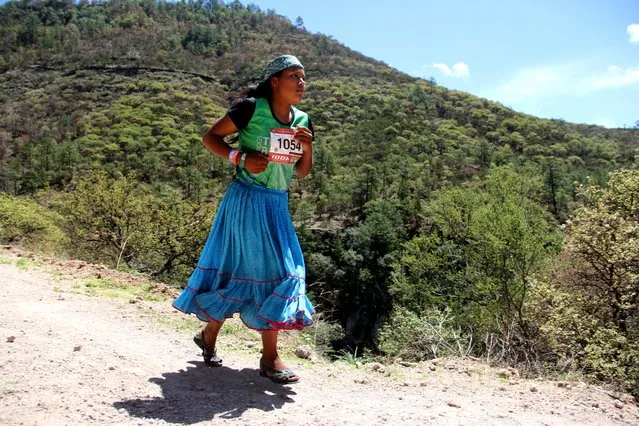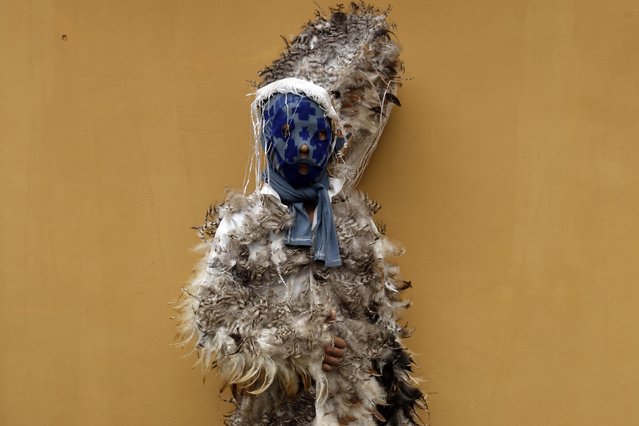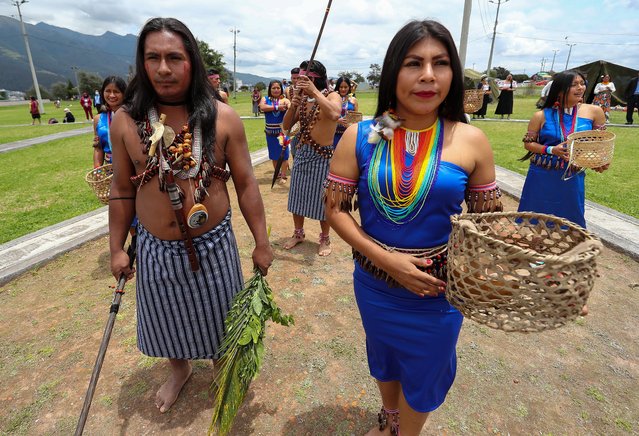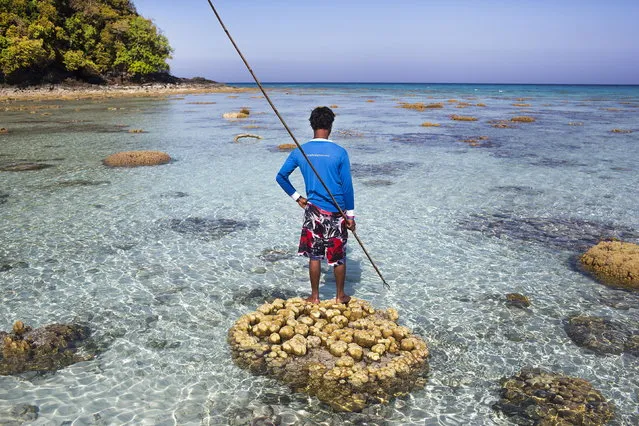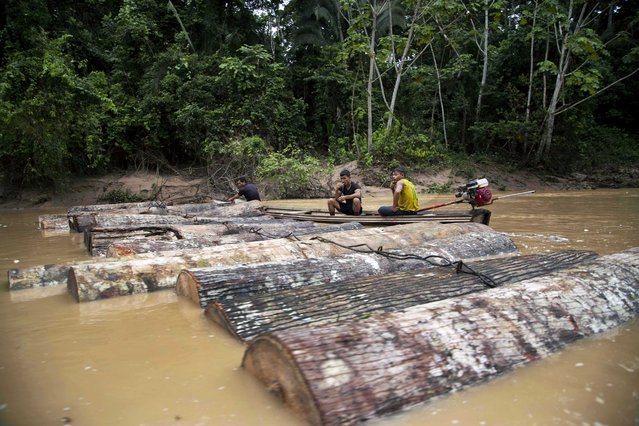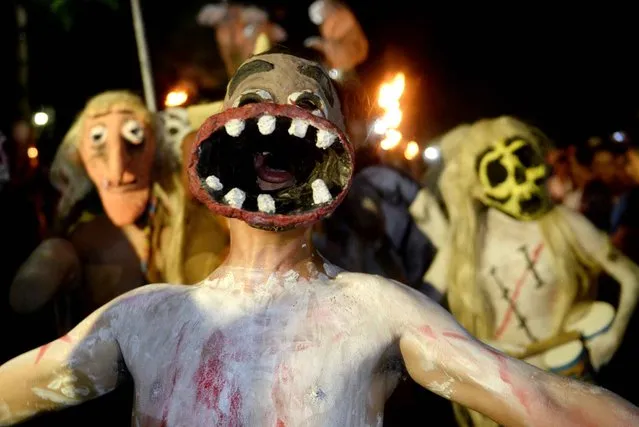
Brazil's synchronised swimmers Luisa Borges (front) and Maria Eduarda Miccuci perform during a training session at the Rio Olympic Park in Rio de Janeiro, Brazil, April 7, 2016. (Photo by Pilar Olivares/Reuters)
22 Jun 2016 13:14:00,post received
0 comments


